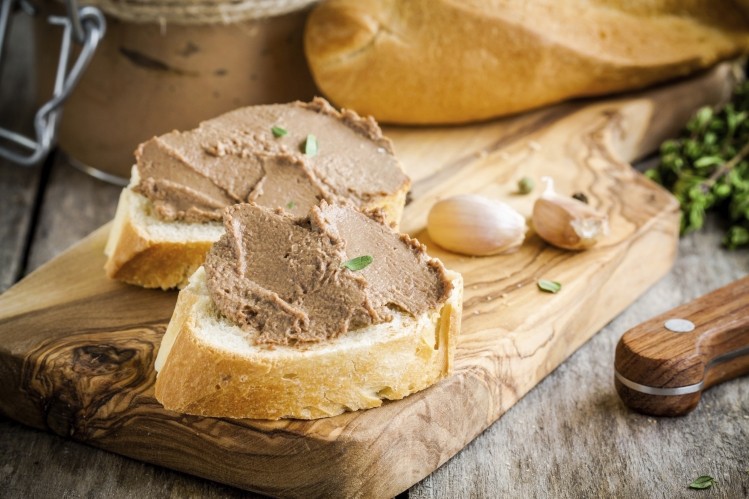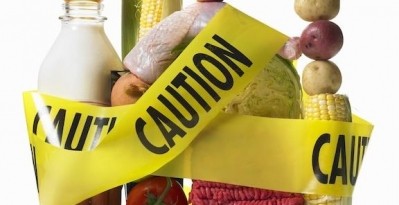Concerns raised about EU listeria rules for ready-to-eat foods

Listeriosis, the foodborne illness associated with Lm, is relatively rare but causes more deaths from food poisoning in the UK than any other foodborne bugs, according to the Food Standards Agency (FSA). Elderly people and those whose immunity is suppressed are particularly vulnerable.
An EU working group has been set up to review different approaches to the rules governing food safety criteria for Lm in RTE food across the EU to see whether a change in the criteria is necessary.
Last month (April 28) the working group was scheduled to meet to discuss the food safety criteria applicable to RTE food that can support the growth of Lm under EC Regulation 2073/2005 on microbiological criteria for foods.
Limits
This regulation specifies a limit of 100 colony-forming units (cfu)/g of Lm during the shelf-life of RTE food that can support its growth, provided the manufacturer can demonstrate that the food will not exceed this limit over this time.
However, the regulation also provides an option where Lm is absent in 25g before the food has left the immediate control of the manufacturer, where a food business is unable to demonstrate that the RTE food will not exceed 100cfu/g throughout its shelf-life.
The problem is that where an absence of Lm in 25g approach is used, it is not clear what limit for the bacterium applies once the product has been put on the market. While some EU Member States continue to apply the absence in 25g criteria up to the end of the shelf-life, others apply the 100cfu/g limit.
Guidance
Guidance on Lm in relation to the safety of RTE foods has been produced for food businesses by the Chilled Food Association (CFA) in conjunction with the British Retail Consortium and the FSA.
“The emphasis in this guidance is on implementation of HACCP [hazard analysis critical control point procedures] to ensure potential presence of Lm is minimised,” said CFA director Kaarin Goodburn. “Manufacturers have to monitor for Lm to verify whether controls are effective, ensuring that 100cfu/g is not exceeded at any point during shelf-life under expected storage conditions.”
The safety and shelf-life of foods will be discussed at Food Manufacture’s annual Food safety conference, ‘Safer food and drink – from the harvest to the home’ , which will take place at The Lowry in Manchester on September 29.
Speakers from Leatherhead Food Research and the Institute of Food Research will discuss the management of shelf-life risks. For more information visit the FoodManEvents or call 01293 610354.















